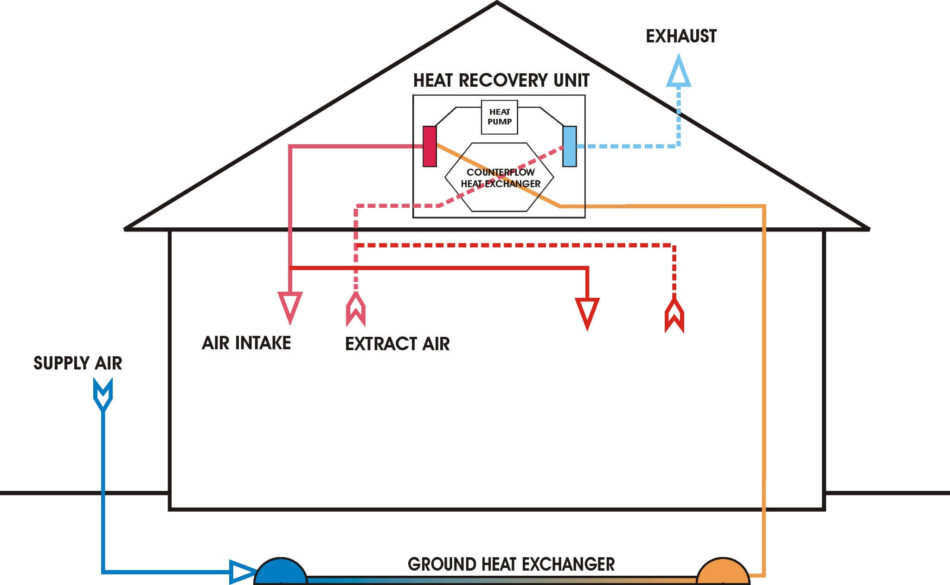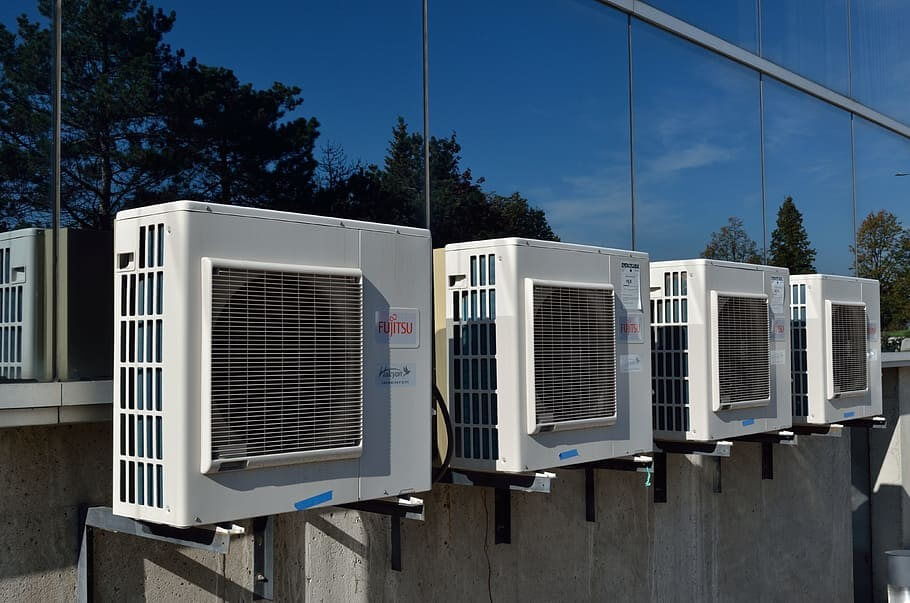HVAC (Heating and Cooling) Installation
Understanding HVAC Systems – Installation of heating, ventilation, and air conditioning (HVAC) systems is an important process that requires a professional approach and experienced professionals.
HVAC systems are an integral part of modern buildings, providing a comfortable environment for living and working.
In this article, we will take a look at what HVAC systems are and how they are installed. This will help to understand when ac repair Houston TX or other types of service are needed.
What are HVAC Systems?

HVAC systems, or Heating, Ventilation, and Air Conditioning systems, are integral components of modern buildings, designed to create and maintain a comfortable and healthy indoor environment.
These systems encompass three primary functions: heating, ventilation, and air conditioning, which work together to regulate temperature, humidity, and air quality within a space.
Understanding HVAC Systems Heating
The heating element of an HVAC system is responsible for providing warmth during colder months.
This can be achieved through various methods, such as furnaces, heat pumps, or radiant heating systems.
The choice of heating system depends on factors like the building’s size, location, and energy efficiency requirements.
Regardless of the type, the heating system’s primary goal is to maintain a comfortable temperature inside the building during the winter season.
Understanding HVAC Systems Ventilation
Ventilation is a critical aspect of HVAC systems, as it is responsible for maintaining indoor air quality.
This process involves the exchange of indoor and outdoor air, ensuring that fresh air is continually circulated within the building while removing stale or contaminated air.
Proper ventilation helps to reduce the concentration of pollutants, such as dust, allergens, and odors, which can have negative effects on occupant health and comfort.
Ventilation systems can be either natural, relying on passive airflow through windows and vents, or mechanical, utilizing fans and ductwork to distribute fresh air throughout the building.
Understanding HVAC Systems Air Conditioning
Air conditioning is the process of cooling and dehumidifying indoor air, ensuring a comfortable environment during warmer months.
Air conditioning systems can be centralized, where a single unit cools the entire building home decor, or split into multiple zones, allowing for individual temperature control in different areas.
The cooling process typically involves the use of refrigerants to absorb heat from indoor air and release it outside, resulting in a cooler, more comfortable indoor climate.
Additionally, air conditioning systems help maintain proper humidity levels, preventing the growth of mold and other harmful microorganisms.
How Do HVAC Systems Work?

HVAC systems work on the principle of heat exchange between indoor air and the outside environment.
The air from the room passes through the ventilation system and enters the heating or air conditioning system, where it is heated or cooled, respectively.
This air is then returned to the room through the ventilation openings. This process happens automatically, controlled by a thermostat.
Moreover, the efficiency and effectiveness of an HVAC system rely on the proper design and installation of its components, such as the ductwork, insulation, and refrigerant levels.
A well-designed HVAC system ensures optimal airflow and temperature distribution throughout the space, providing occupants with a comfortable and healthy indoor environment.
Additionally, regular maintenance and timely repairs are crucial in prolonging the system’s lifespan, maximizing energy efficiency, and reducing the risk of malfunctions or breakdowns.
Overall, HVAC systems play a vital role in maintaining indoor air quality and climate control in residential, commercial, and industrial settings.
Components and Design Considerations

A heating system typically operates based on central heating, which may use gas, fuel oil, electricity, or other fuel sources to heat the air in radiators, pipes, or convectors.
A ventilation system works based on fans and ducts that circulate the air in the building and remove pollutants, moisture, and odors.
Air conditioners can be used to cool the air in the summer or humidify it in the winter. They are based on compressors, evaporators, and condensers that process refrigerant in a cooling cycle.
Development of the HVAC system must be carried out by the project documentation. Because HVAC includes a large number of elements, the design should be carried out by professionals.
Several regulations must be followed for the development and design of our system:
- Heating, Ventilation, and Air Conditioning.
- Heating, Ventilation, and Air Conditioning. Fire protection requirements.
- Design of thermal protection of buildings.
- Design of heating units.
- Thermal protection of buildings.
- Noise protection.
- Internal sanitary engineering systems.
- Heat networks.
- Construction climatology.
How is the HVAC System Installed?

The installation of an HVAC system is a complex and multifaceted process that begins with an in-depth assessment of the building’s requirements. Taking into account factors such as the size of the space, insulation levels, and local climate conditions.
Based on this analysis, an HVAC specialist creates a customized design that optimally fulfills the specific heating, cooling, and ventilation needs of the building.
Following the design phase, the installation process commences with the procurement and preparation of all necessary components, such as boilers, air conditioning units, ductwork, pipes, air handlers, and control systems.
Additionally, the system may include supplementary features like air purification devices, humidifiers, dehumidifiers, and advanced temperature control systems to further enhance indoor comfort and air quality.
Once all components are ready, the installation team proceeds with the careful positioning and connection of equipment, ensuring that each element is correctly placed, leveled, and secured.
This involves installing the pipes and ducts to distribute heated or cooled air, connecting the various devices to electrical and gas supplies, and integrating the control systems, such as thermostats and sensors, for seamless operation.
After completing the installation, the HVAC system undergoes rigorous testing and commissioning to verify its proper functioning, safety, and efficiency.
Any necessary adjustments or fine-tuning are carried out at this stage to ensure optimal performance and compliance with industry standards and regulations.
It is essential that HVAC system installation is conducted by licensed, experienced, and skilled professionals to guarantee the safe, efficient, and reliable operation of the system.
Regular maintenance and periodic inspections are also critical in preserving the system’s performance, prolonging its lifespan, and avoiding costly repairs or unexpected breakdowns.
In general, HVAC systems are a necessary part of any modern building like small apartment decoration ideas and require a professional approach to installation and maintenance.
They provide a comfortable environment for living and working, as well as contribute to improving indoor air quality.